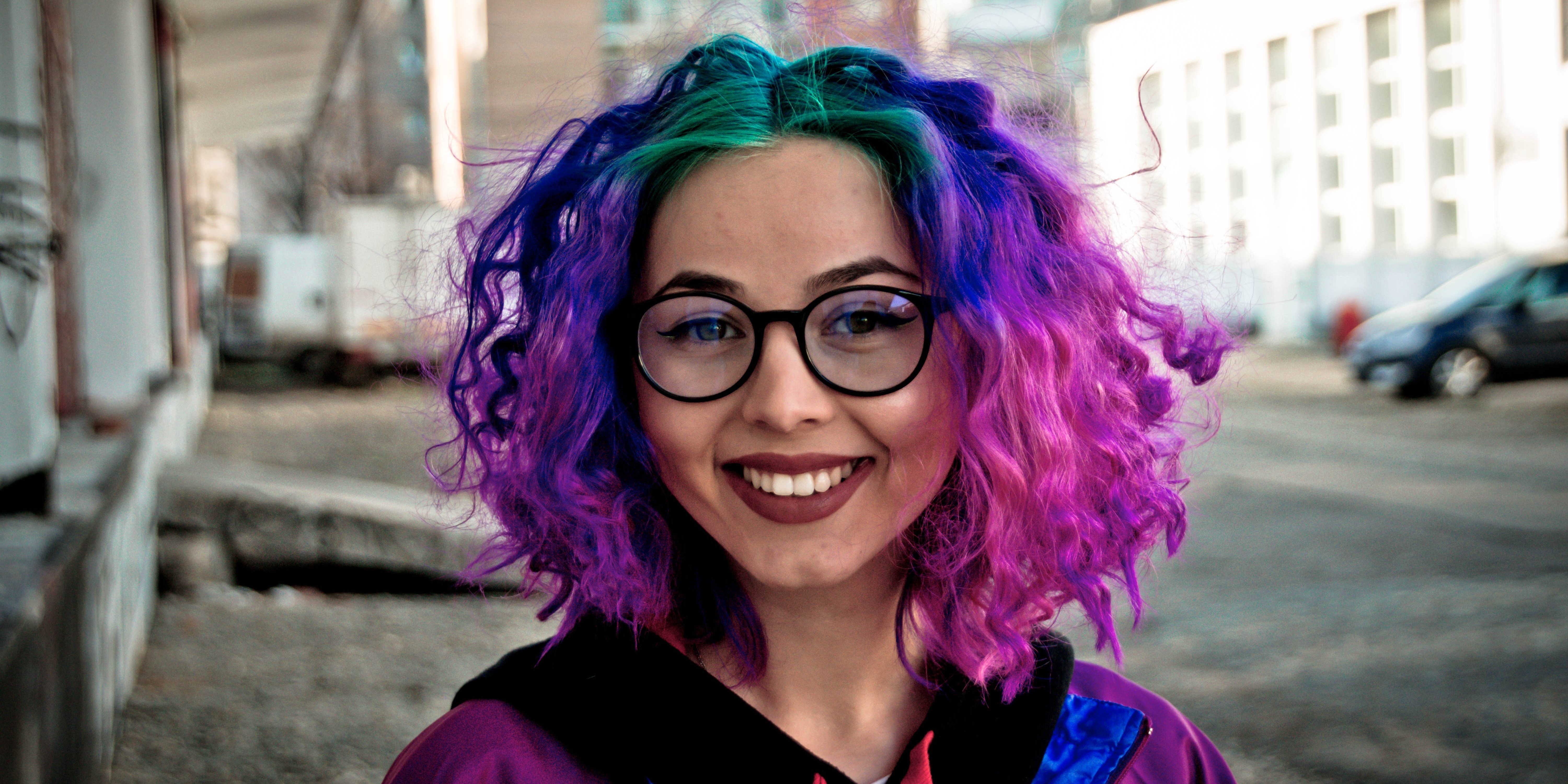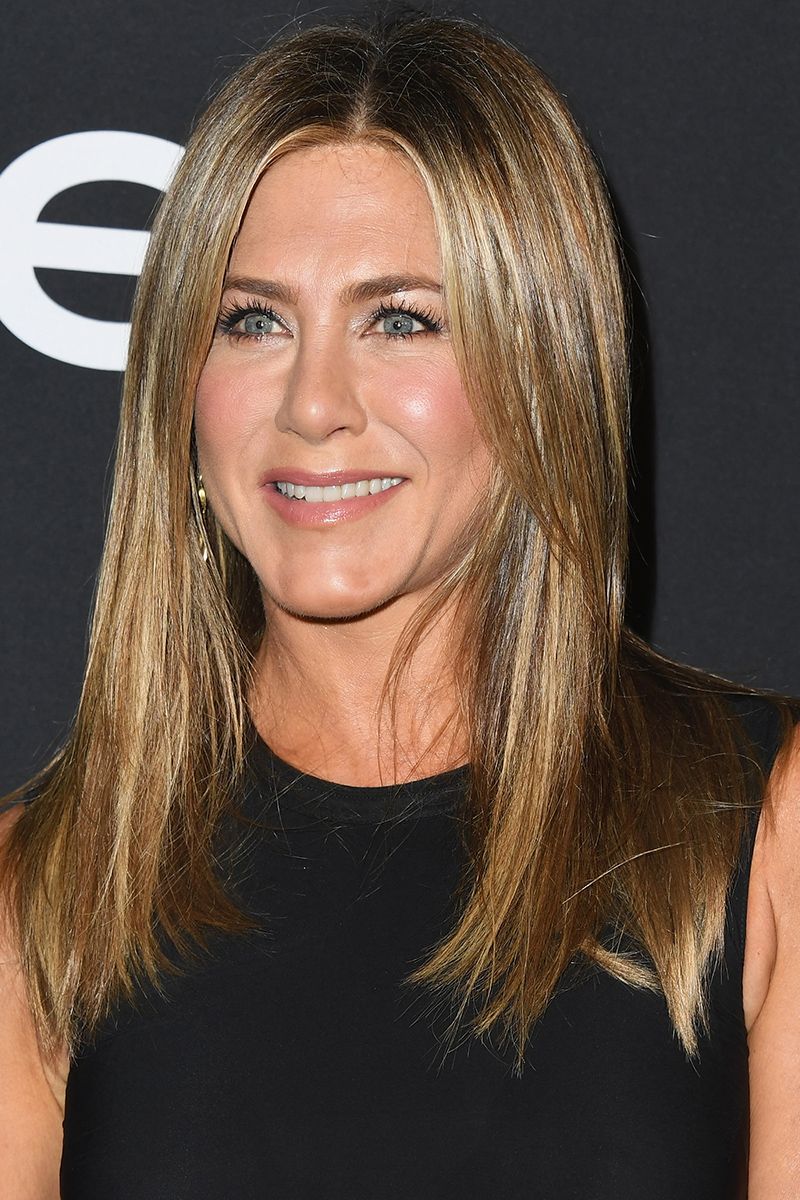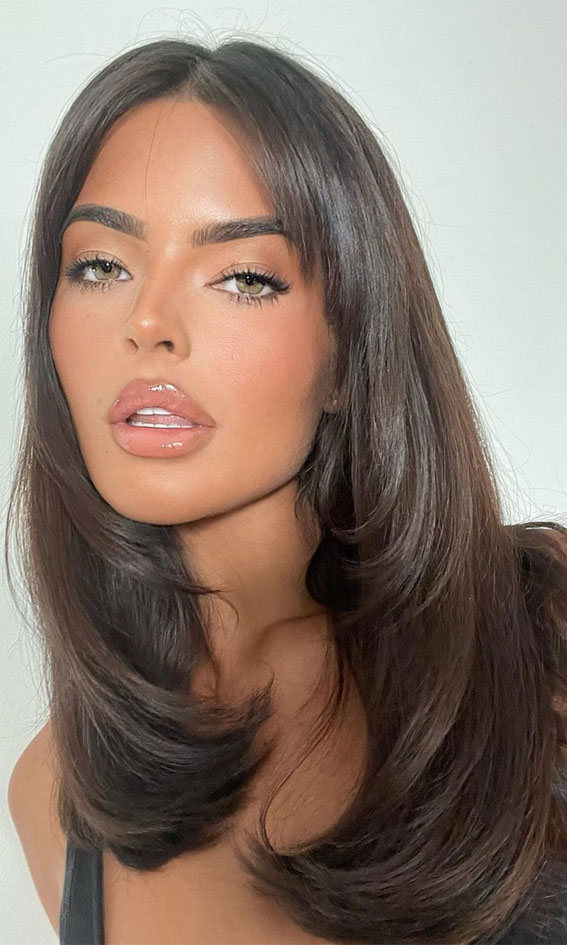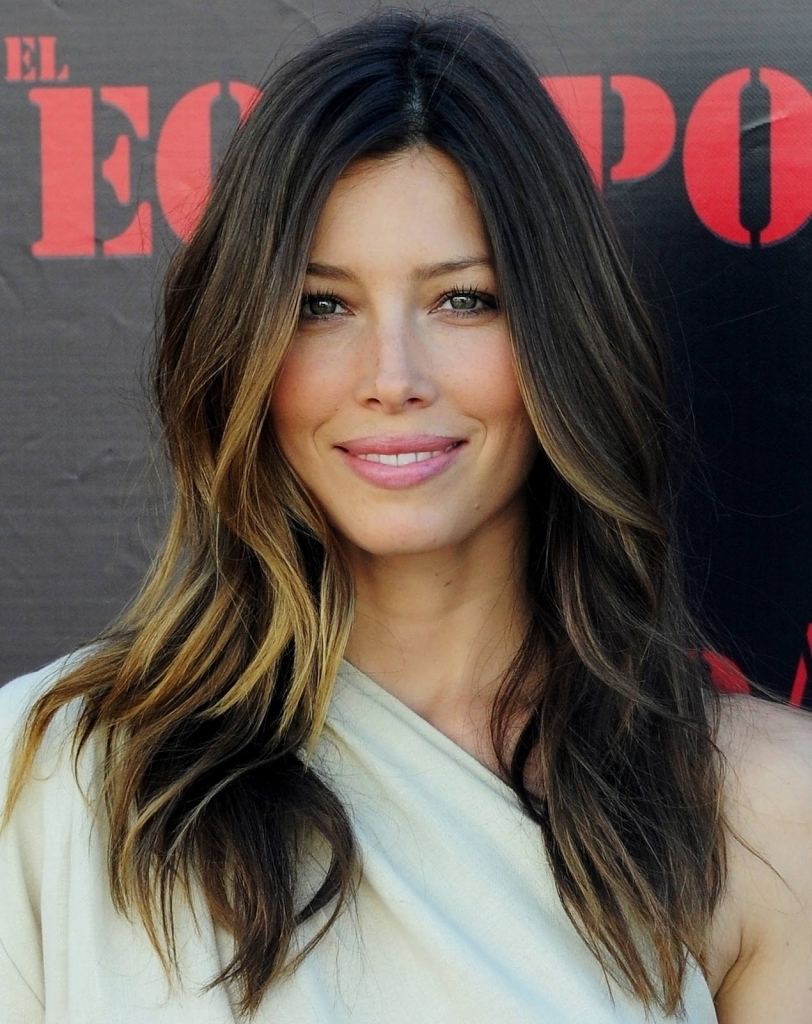Table Of Content

There is a big difference between doing a complete recolor, lightening or darkening a previous dye job, or simply touching up your roots. Recoloring your entire head is the most damaging of these three, especially if you use permanent dye. The porosity of your hair factors into how quickly your dye job will fade. More porous hair remains vibrant and lustrous for longer, while less porous hair tends to fade more rapidly. Unless, you have high porosity due to excessive chemical treatments. Once the hair cuticle has been repeatedly opened through chemical processing, it doesn’t flatten again, which leads to super high porosity and color bleeding.
Hair type
Take our consultation and let us know how you’ve dyed your hair and how you’re going to be maintaining it. We’ll create a personalized formula that will hydrate deeply, preserve color, and help prevent damage. Any type of color dye will affect the hydration of your hair, so to keep hair looking strong and healthy, hydration will be your new best friend. Using intense conditioners and hair masks will help your hair “recover” from the stress of coloring. As your hair grows, touching up the roots promptly will help maintain a consistent color appearance and extend the life of your dye job.
Here’s How Often You Can Dye Your Hair, According to Professional Colorists
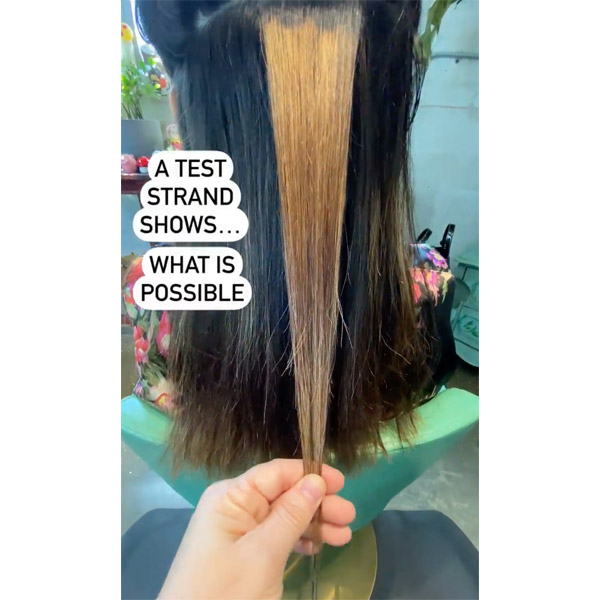
If you do find that your hair is showing signs of major damage, it is best to wait. While you may not want to, waiting and trying some of the conditioning processes we suggested can heal the damage and give you much better results when you decide to re-color your hair. As you can see, there are many different elements to consider when deciding when to color your hair. Your hair is a part of your overall health and should be treated like you would treat any other part of your body that has acquired damage. If you broke your leg, you would not try to run a marathon the next day. The general rule is that you can dye your hair every four to six weeks.
How to go blonde without damage: We asked the experts - Cosmopolitan UK
How to go blonde without damage: We asked the experts.
Posted: Tue, 16 May 2023 07:00:00 GMT [source]
Avoid Hot Styling Tools
“If they only have a few grays to blend, then I like to use a Shades EQ shade that is as close to their natural color as possible,” he says. This will allow you to stretch your color closer to the six-to-eight-week mark. Semi-permanent hair dye is usually ammonia-free and doesn’t require a developer — like peroxide — to activate the color, making it less damaging than other dyes. Last but not least, take into account the type of hair dye you’re using. If you’re using a hair bleach like the L’Oréal Paris Feria Hyper Platinum Advanced Lightening System Bleach, you’ll want to wait at least 14 days between sessions.
Consult A Professional
However, there are different rules for different circumstances. This is the one mistake that is going to cause lots of hair damage. To do it more often than needed is just going to make things worse. Making your roots blond, means using peroxide, and this is going to damage your hair. Wet hair is much more fragile than dry hair because when it’s wet, the structure of the hair strand changes.
A paraben-free shampoo with a rinse-off conditioner should be used to maintain low-level peroxide dyes, while color gloss helps retain color longevity for demi-permanent dyes. Gray hairs require permanent dye for a lasting color change, while demi-permanent dyes can last up to 24 shampoo washes. Stick to the recommended timeline of 4-8 weeks between your coloring treatments. Of course, this time range may be shorter or longer, depending on what you want to achieve at the salon. Before answering that question, it’s wise to consider and compare the various types of hair dyes on the market. Not only will the information help you get the most out of your dye job, but it may also prevent your next dye job from going wrong, saving you a whole lot of heartache and money.
Colored Hair Can Be Healthy Hair

"Less is more, and semi- or demi-permanent colors tend to be the least damaging of all hair dyes," Luza explains. Still, patience is key when it comes to dye frequency, and waiting at least four weeks between color enhancements is best for maintaining hair health. There's flexibility regarding roots, but minimizing chemical exposure to your hair is always the best option to keep your lengths from feeling dry or over-processed.
What are the Different Types of Hair Color?
To keep your hair healthy while dyeing, stick to a solid hair care routine, including purple shampoo, hair masks, and avoid too much heat from styling tools. The good news is, since they don’t have harsh chemicals like ammonia, they’re not as damaging to your hair, and you can use them more often than permanent dyes. Just don’t forget to hydrate your hair with some good products.
How to Dye Your Hair at Home - Men's Hair Color Tips - Men's Health
How to Dye Your Hair at Home - Men's Hair Color Tips.
Posted: Mon, 01 Jun 2020 07:00:00 GMT [source]
This product is not a conditioner, but rather a bonding treatment that restores and prevents breakage. If you color your hair frequently, you will notice a difference once you start using this product. In the meantime, stick to a healthy hair routine like using purple shampoo, hair masks, and steering clear of too much heat from curling irons, blow dryers, and flat irons. The general rule of thumb with permanent dye is to wait as long as possible between coloring jobs, with 4-6 weeks being the minimum. Before you reach for your at-home hair color, it’s important to understand that you may need to treat your hair differently once you’ve actually colored it. To keep your locks feeling soft and to preserve the life of your new hue, follow these tips.
Even though bleach can be harsh, Choi says you can book an appointment for a touch-up basically as soon as your root grow-out starts to bug you. Just try to lay off the heat styling as much as possible in the interim, she advises. But where’s that line between luscious color and a damaged ‘do? Once you’re out of the shower, a leave-in conditioner does wonders in protecting your hair from dryness and tangles. Choose one with an ultra-lightweight texture to supercharge the smoothness and shine of your mane without weighing it down. Here’s what you can do to maximize your new color and promote the appearance of healthy hair.
Semi-permanent and demi-permanent dyes have a different chemical makeup that clings to the outside of the hair shaft rather than diving deep into it. Depending on the brand and type, it could last from just one wash to a bunch of washes. There is a lot more freedom in terms of dyeing frequency when it comes to semi-permanent color. You may be familiar with this coloring type on occasions like Halloween, festivals, or just having some fun with a different hair color for a week. This lesser-known hair dye sits comfortably between permanent color and semi-permanent or temporary hair color. It does not penetrate the hair follicle but rather lives on the surface of the hair, where a small amount of peroxide binds pigment to the shaft.
Knowing how often you can safely color your hair helps prevent damage. Conditioners are integral to your haircare routine, particularly after a bout of coloring. That’s because they moisturize the cuticle layer and smooth it down to minimize frizz and porosity. A 2018 study even found that conditioning agents, like silicones and hydrolyzed milk proteins, help minimize color-induced hair damage. “Whenever you bleach, dye, or chemically straighten your hair, you are causing significant damage to the fiber structure,” warns Peter.


